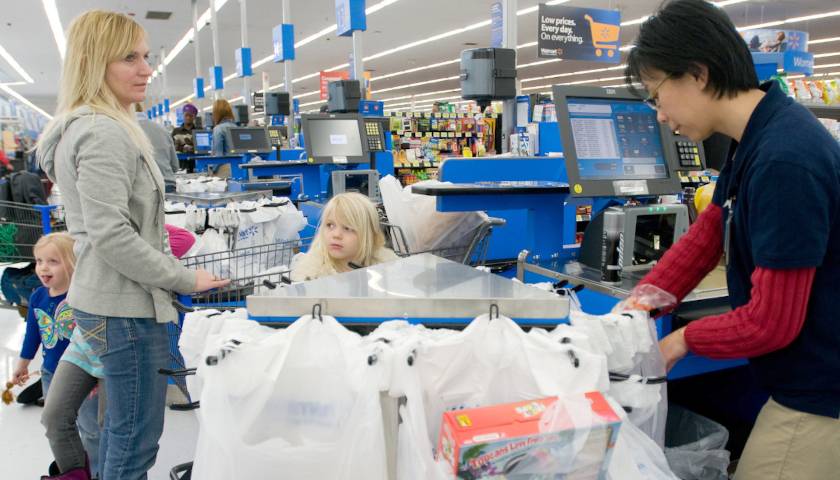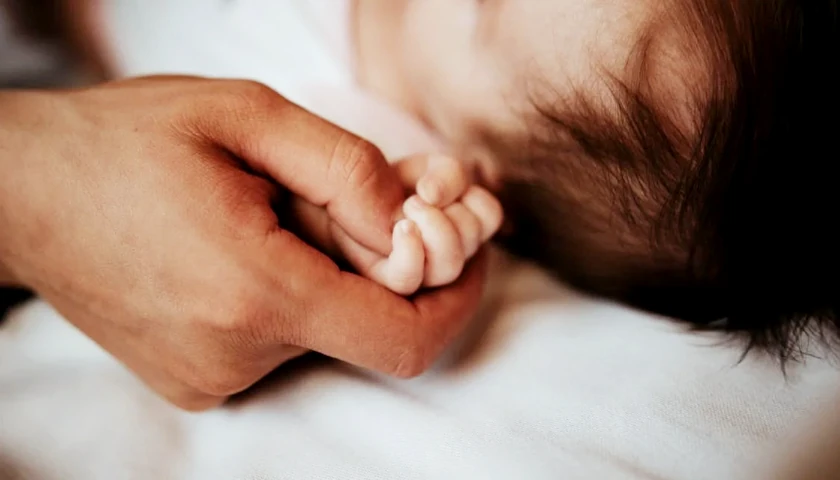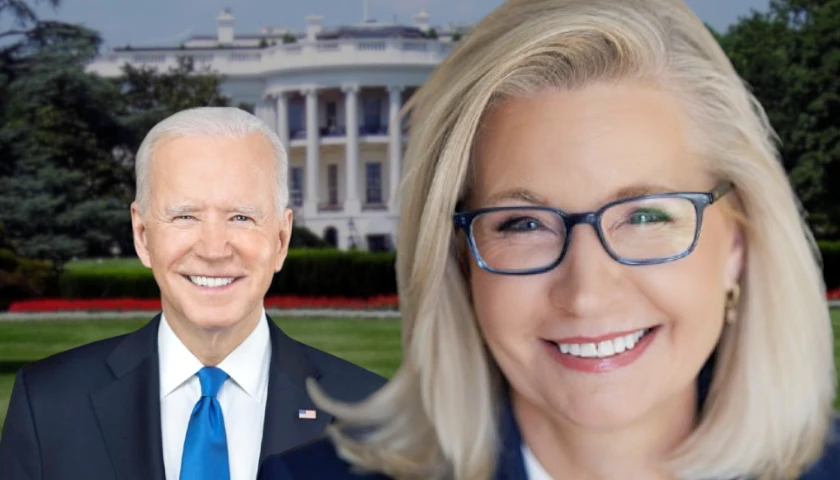by Eric Lendrum
With inflation remaining stubbornly high, many Americans have been forced to choose whether to pay for more groceries to feed their families, or to pay their energy bills to keep their families cool in the summer and warm in the winter.
According to CBS News, this new trend has been referred to as “energy poverty,” when Americans are unable to pay their energy bills or otherwise afford utilities. On average, households that spend 6 percent of their income or more on energy bills alone are considered to be in “energy poverty.” Currently, 1 in 7 American households spend approximately 14 percent of their income on energy.
One such example of an American being forced to make the choice between energy and food is 44-year-old Stacey Freeman, a mother who lives in Fayetteville, North Carolina. Relying upon space heaters in her insulated mobile home, she still had to contend with energy bills costing hundreds of dollars each month.
“Sometimes I have to choose whether I’m going to pay the light bill,” said Freeman. “Or do I pay all the rent or buy food or not let my son do a sport?”
Those who cannot afford basic heating or cooling in their home are much more likely to suffer from serious health issues, including respiratory problems, heart problems, and allergies, among others.
The worst-case scenario is death from heat-related causes, which has been on the rise in recent years: In 2023, 2,302 Americans died from heat-related causes, which was up 44 percent from 2021. Those most at-risk of heat-related issues include pregnant women, young children, the elderly, people who work outdoors or exercise outdoors, and people suffering from heart or lung issues.
There are also pros and cons to living in certain areas when it comes to dealing with heat. Although rural areas often have lower average temperatures than urban city centers, primarily due to less population density, less asphalt streets, and more vegetation, rural residents may still struggle due to a lack of access to facilities and resources.
One other issue for those struggling with energy is the increasingly outdated systems that are used by older buildings. Noah Kittner, an assistant professor in public health at the University of North Carolina Chapel Hill, points out that “old, inefficient buildings and heating systems are prompting people to supplement their energy needs in ways that increase the costs.”
Inflation has remained a top concern for voters, with exactly two months left before the November election. The economy, and inflation in particular, consistently ranks as the dominant issue for a majority of voters according to most polls, with respondents overwhelmingly preferring former President Donald Trump over Vice President Kamala Harris.
– – –
Eric Lendrum reports for American Greatness.
Photo “Grocery Checkout” by Walmart. CC BY 2.0.



